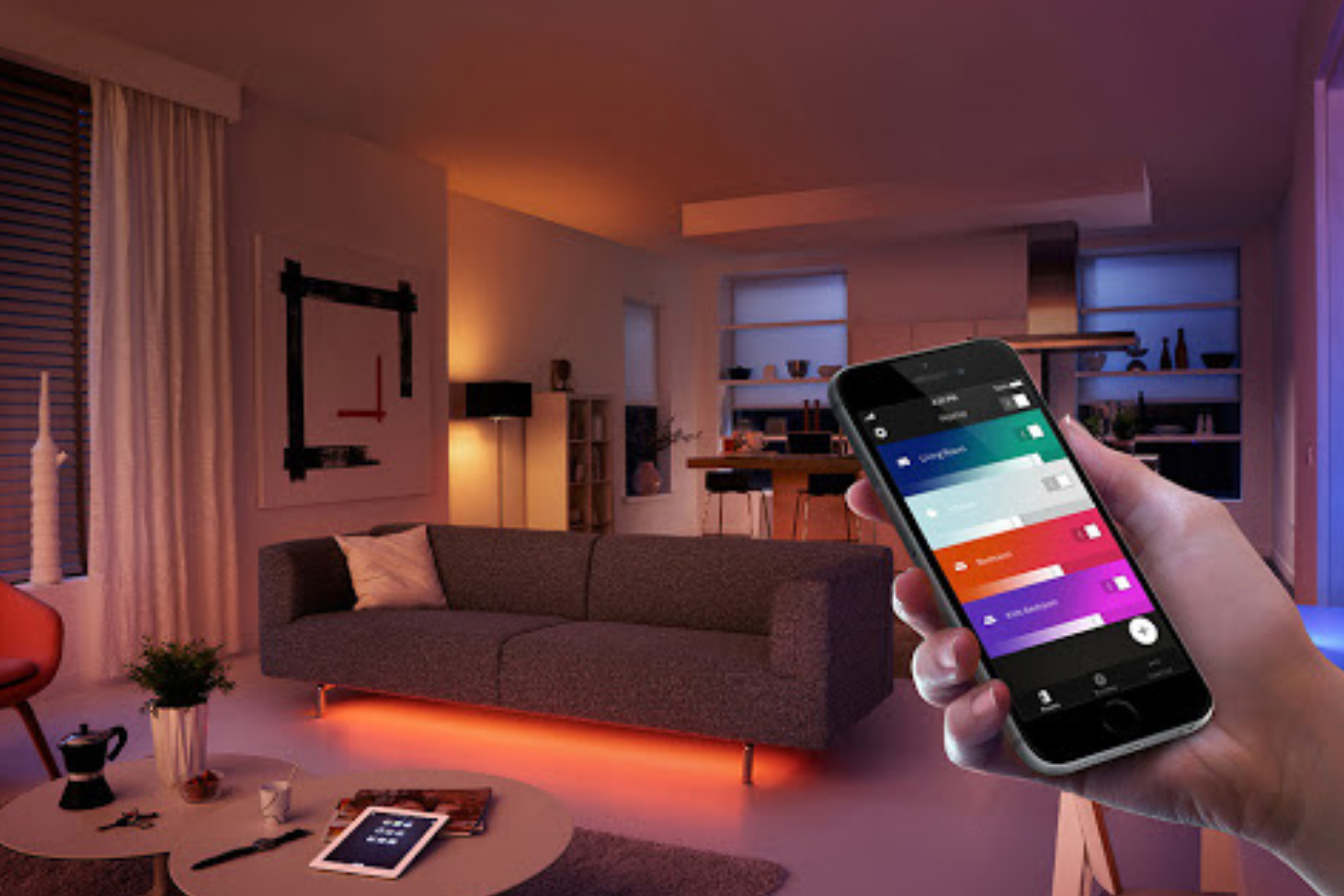In today’s digital age, more people work from home. As a result, creating a functional and comfortable home office has become essential. One aspect that can greatly enhance the productivity and ambiance of a home office is smart lighting. Smart lighting allows you to control the brightness, color, and even the scheduling of your lights, all from the convenience of your smartphone or voice assistant. This article will explore designing a home office with smart lighting, incorporating modern office furniture and small office interior design principles.
1. Assessing Your Lighting Needs
Before diving into the world of smart lighting, it’s important to assess your specific lighting needs. Consider the following factors:
- Task Lighting: Identify the areas in your home office where you need focused lighting for tasks such as reading, writing, or working on a computer.
- Ambient Lighting: Determine the overall lighting level and mood you want to create in your workspace.
- Accent Lighting: Consider any decorative elements or artwork you want to highlight in your office.
2. Choosing the Right Smart Lighting System
Once you clearly understand your lighting needs, it’s time to choose the right smart lighting system. There are several options available in the market, each with its own features and compatibility. Some popular choices include:
- Philips Hue: Known for its wide range of smart bulbs and accessories, it offers customizable lighting options and seamless integration with voice assistants like Amazon Alexa and Google Assistant.
- LIFX: LIFX bulbs are known for their vibrant colors and easy setup. They also offer compatibility with popular smart home platforms like Apple HomeKit and Samsung SmartThings.
- Nanoleaf: If you want to add a touch of creativity to your home office, Nanoleaf’s modular light panels are a great choice. These triangular panels can be arranged in various patterns and colors, allowing you to create a unique lighting design.
3. Setting Up Your Smart Lighting System
Once you have chosen your smart lighting system, it’s time to set it up in your home office. Follow these steps:
- Install the Smart Bulbs: Replace your existing light bulbs with the smart bulbs from your chosen system. Make sure to follow the manufacturer’s instructions for installation.
- Connect to the App: Download the corresponding app for your smart lighting system and follow the instructions to connect the bulbs to your home Wi-Fi network.
- Customize Your Lighting: Use the app to customize your lighting preferences. You can adjust the brightness and color temperature, and even create schedules for your lights to turn on and off automatically.

4. Incorporating Modern Office Furniture
For a modern and stylish home office, focus on ergonomic furniture, including a comfortable desk and chair, opt for sleek storage solutions like floating shelves or minimalist cabinets, and use cable management to keep wires organized and hidden.
5. Small Office Interior Design Tips
To enhance a small home office, opt for light-colored walls and furniture to create a spacious feel, and strategically position mirrors to amplify natural light and give the illusion of depth, and use vertical storage solutions like shelves or wall organizers to efficiently utilize space without overcrowding the floor area.
In conclusion, designing a home office with smart lighting can greatly enhance productivity and create a pleasant working environment. By assessing your lighting needs, choosing the right smart lighting system, incorporating modern office furniture, and following small office interior design tips, you can create a functional and stylish workspace that inspires creativity and efficiency. So, why not transform your home office into a smart and inviting space today?